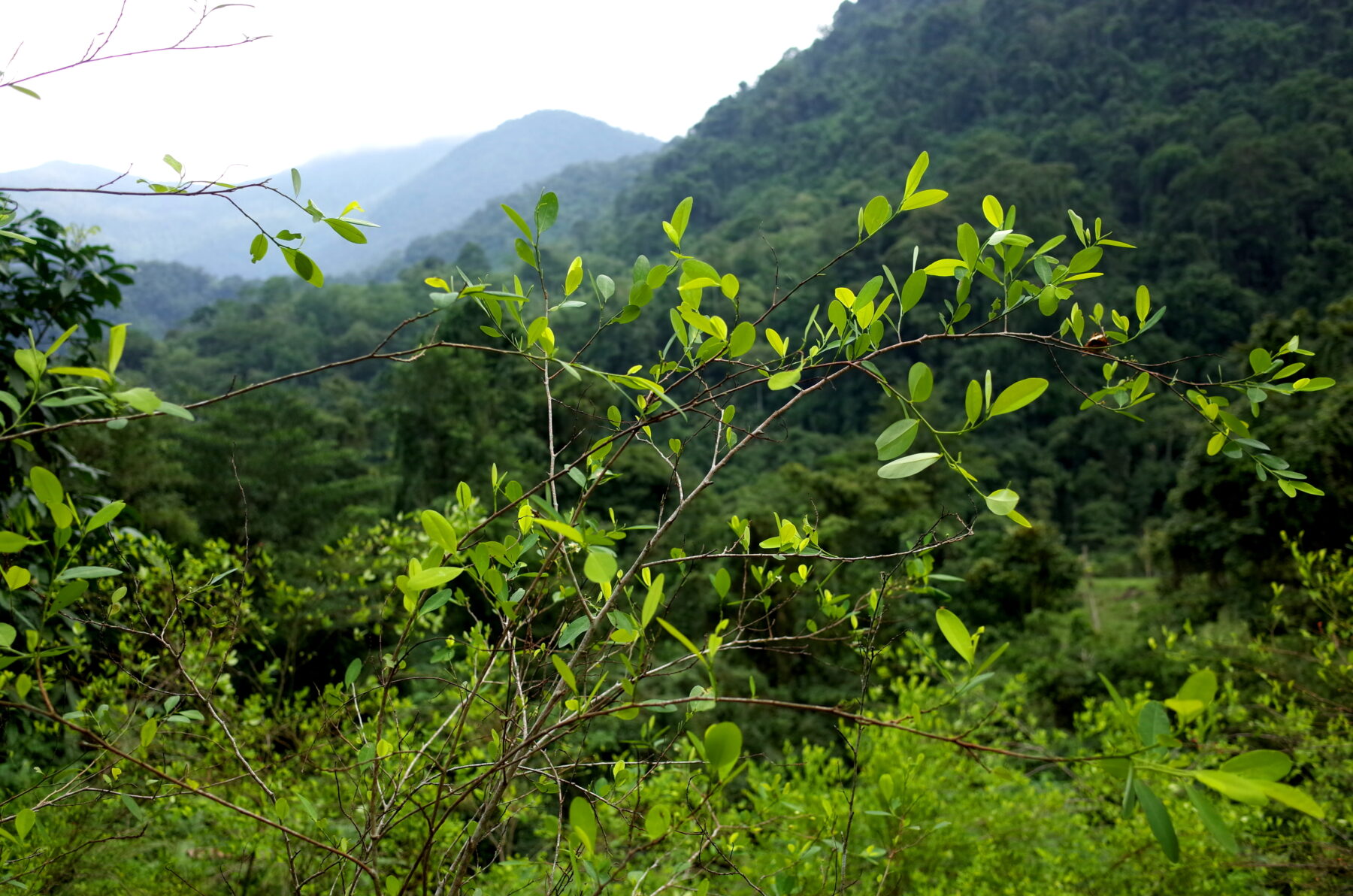Animals getting high: 10 common drunks

Mind-altering buzzes, whether from sweet fermenting fruit, magic mushrooms or coca leaves, have existed since the beginning of plant and animal life. Many species deliberately seek out intoxication and natural highs, and they know where to look to experience them.
“The capacity to enjoy alcohol or inebriation of any kind is not a unique product of humans,” says Professor Gisela Kaplan, an animal behaviour expert at the University of New England in Armidale, NSW. “In fact it’s quite possible that humans discovered it because of animals.”
It is sometimes claimed that thanks to our early observations of animal behaviour, we happened upon caffeine, alcohol, cocaine, and other medicinal substances in the wild. Tracing how different species relate and respond to these properties, by choice, obligation or need, is a fascinating area of study.
In Australia, ‘drunken parrot season’ in Darwin produces dozens of apparently intoxicated red-collared lorikeets each year. Most of the birds can’t fly, have trouble walking straight, and can be sick for days. Local vets are at a loss to explain what’s making them so ill, but one likely factor is the abundance of fleshy fermenting fruit in northern Australia at this time of year.
While these birds can be adversely affected by alcohol, Malaysia’s pen-tailed tree shrew depends on the intoxicating nectar of the local bertam palm to such an extent that they’ve developed a resistance to it. Here are some more examples from around the world of intoxication in animals:
1. Wallabies on opium
Wallabies in Tasmania have been seen falling around and hopping in circles, apparently high after feeding in local poppy fields. In 2009, the then-state attorney general Lara Giddings told a parliamentary estimates hearing, “We have a problem with wallabies entering poppy fields, getting as high as a kite and going around in circles.” Tasmania is the world’s largest producer of legally grown opium for the pharmaceutical industry, and when food is scarce, the wallabies survive by eating the plant’s intoxicating heads.
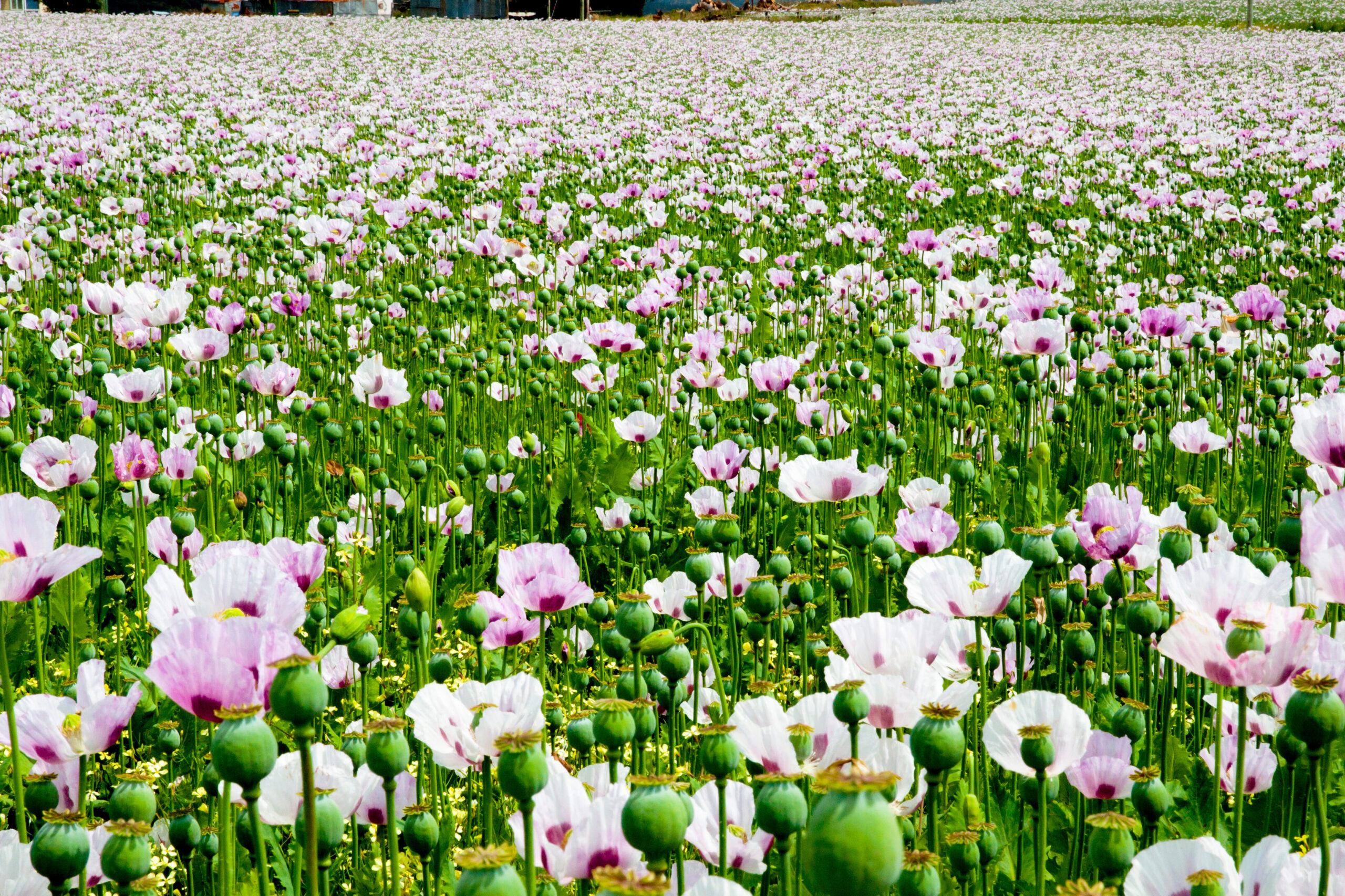
2. Monkeys at St Kitts
Vervet monkeys on the Caribbean island of St Kitts have a long history with alcohol. They once devoured fermented sugar cane grown by the rum industry, but now they’re known for cheekily scavenging cocktails from tourists along the beaches. Studies of their behaviour have found the monkeys’ drinking habits are similar to those of people. Most drink in moderation, but around 12 per cent drink heavily, five per cent drink excessively, and a small group reject alcohol altogether. Juvenile monkeys also tend to drink more than adults.
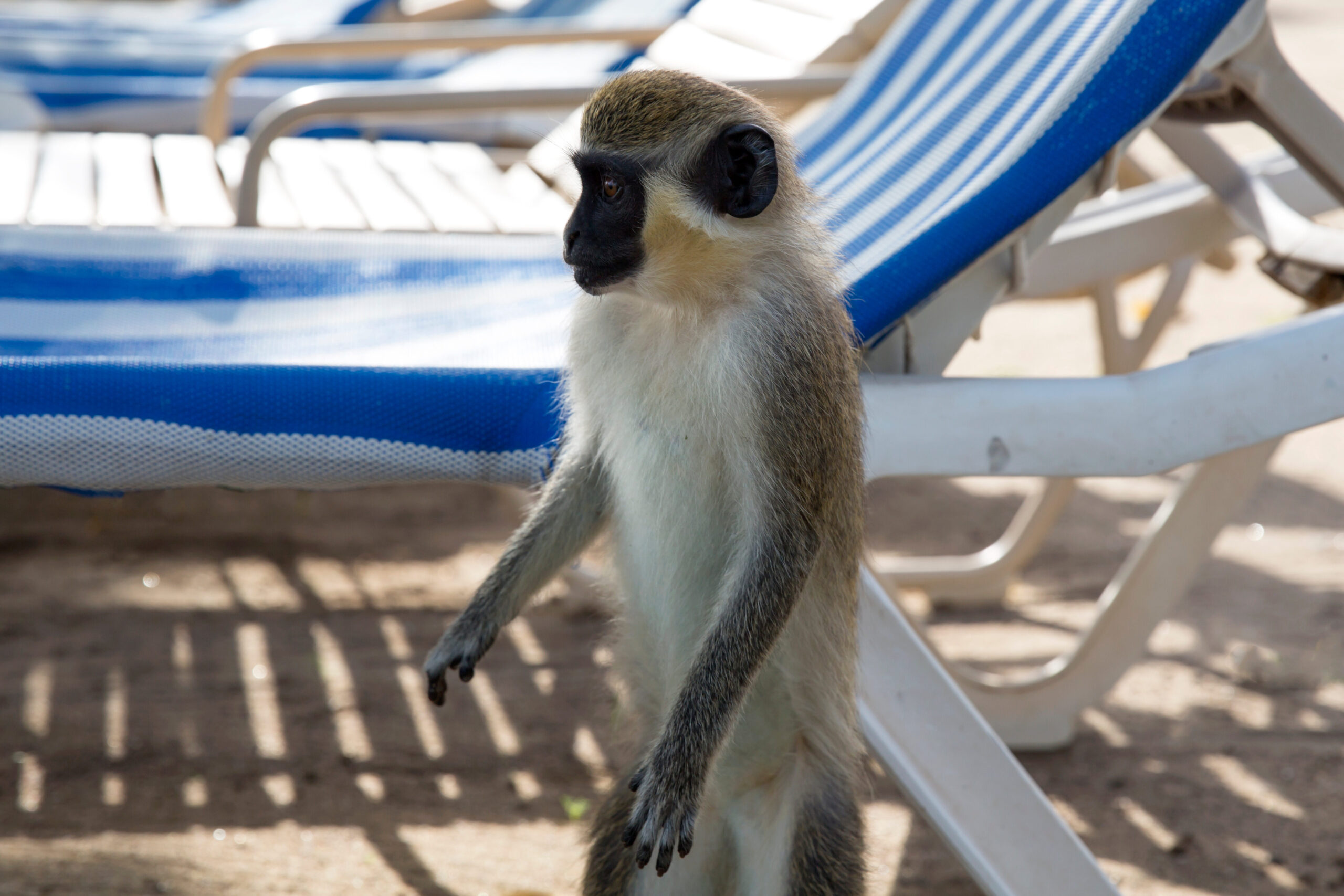
3. Elephants and the Marula tree
It’s long been believed that African elephants got drunk off the fermenting fruit of the Marula tree. The 1974 documentary Animals are Beautiful People showed the 3t mammals swaying and falling over after binging on the fruit. But a 2004 study by biologists from the University of Bristol in the UK argued that while elephants clearly have a soft spot for alcohol – in India, herds of drunken elephants have trampled people to death after binging on locally produced vats rice beer – it was unlikely the Marula tree was potent enough to make them drunk. The researchers did suggest another intoxicant associated with the tree could be making the elephants tipsy.
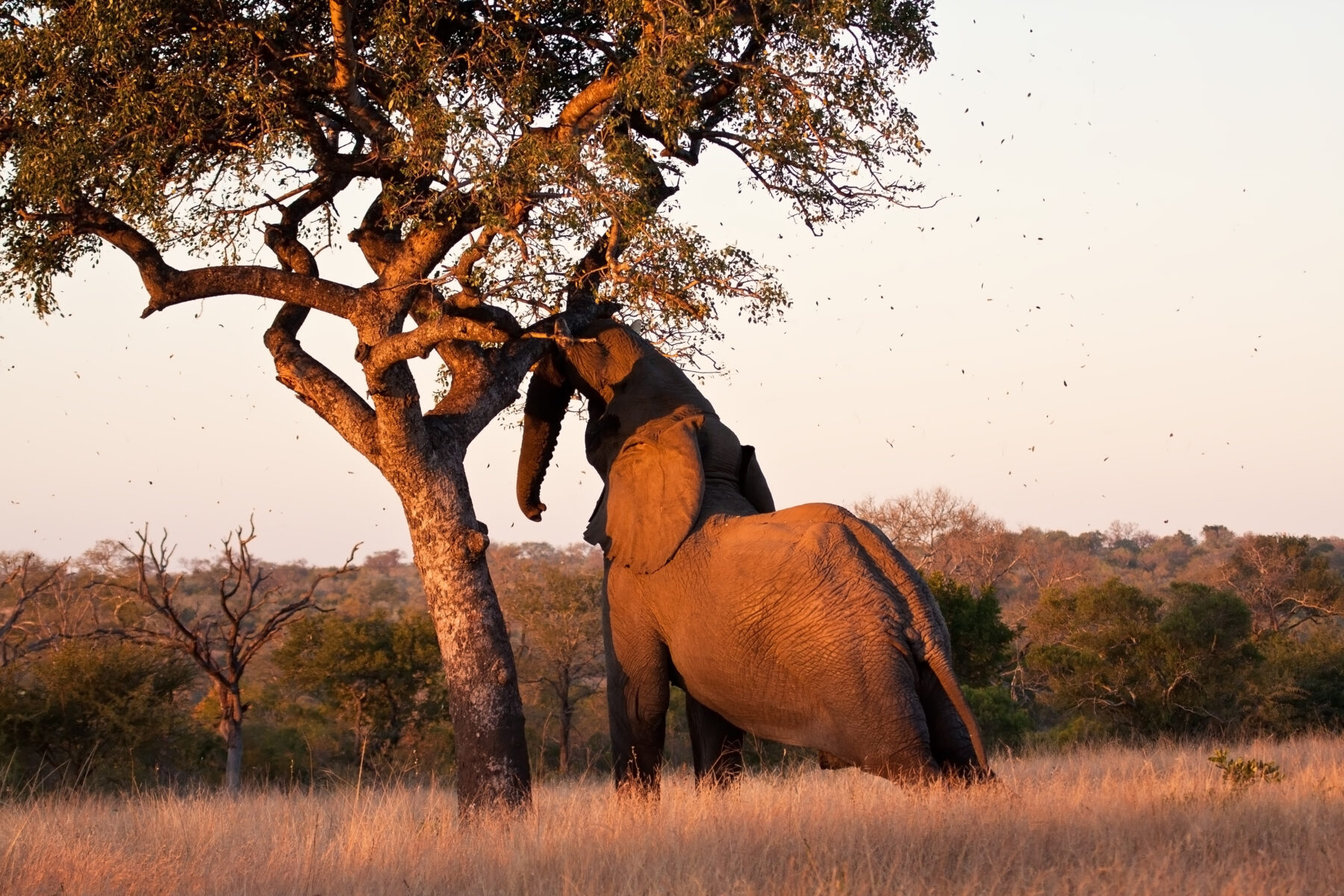
4. Reindeer and magic mushrooms
Reindeer in eastern Europe deliberately forage for, and have been known to fight over, the hallucinogenic and highly toxic Amanita muscaria mushroom. “[The reindeer] have a desire to experience altered states of consciousness,” wrote scientist Andrew Haynes in the Pharmaceutical Journal. The bright red mushrooms are considered poisonous and can cause dizziness in humans, so to avoid any nasty side effects, Siberian natives would get high by feeding the fungi to the reindeer, then drinking the animal’s urine.
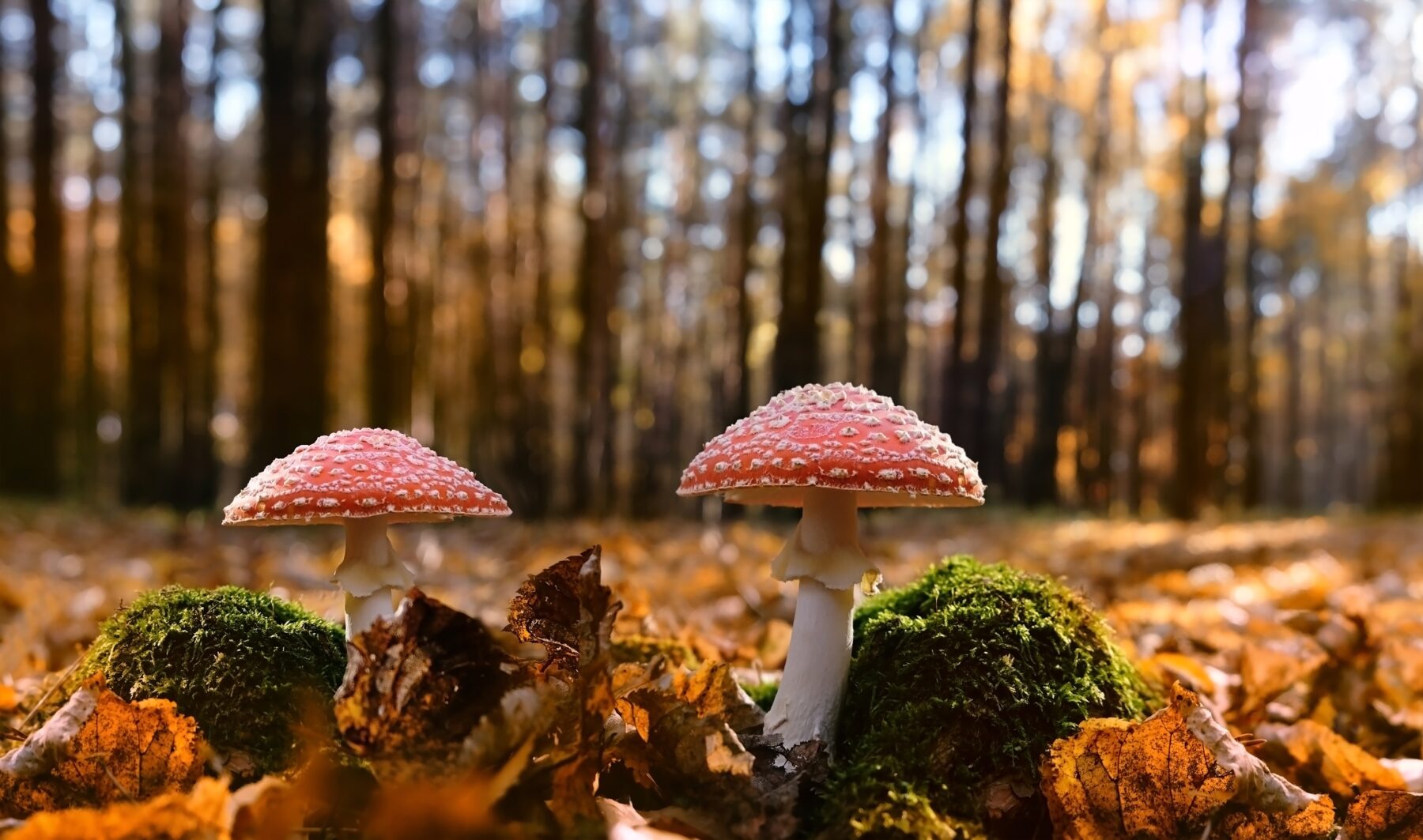
5. Bighorn sheep and narcotic lichen
Wild bighorn sheep in the Canadian Rockies will go to great lengths to find a rare narcotic lichen that grows in green and yellow patches on uncovered rock surfaces. After scraping the rock with their teeth to remove and eat the stuff, they appear ill or a bit mad. Ronald Siegel, a California-based psycho-pharmacologist, wrote in his book Intoxication: the universal drive for mind-altering substances, that the sheep, usually a social species that doesn’t stray far from the herd, will “negotiate narrow ledges, knife-edged outcrops, and dangerous talus slides” just to get a hit.

6. Songbirds in Vienna
Feasting on fermenting berries and then flying can be very dangerous for birds. In 2006, 40 songbirds were found dead in Vienna, Austria. Post mortems showed their bellies were full of rotting berries and their necks were broken after crashing into windows. According to Sonja Wehsely, a spokesperson for Vienna’s veterinary authority, their livers were so badly damaged “they looked like they were chronic alcoholics.”
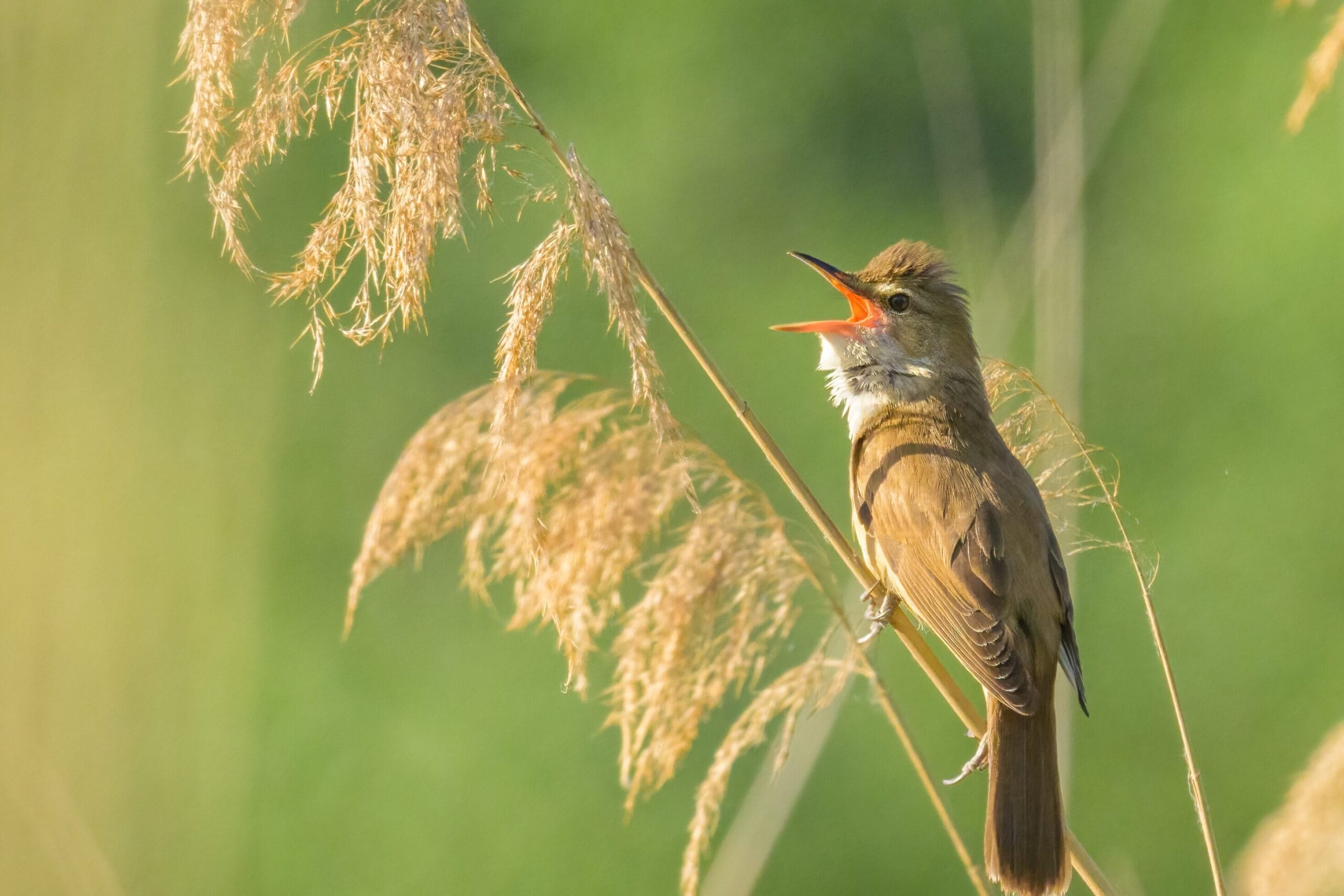
7. Bats can hold their liquor
Bats in Central and South America regularly eat fermenting fruits (with up to 4.5 per cent ethanol), but unlike most animal species, they have the good fortune of being able to withstand the effects. People often slur, sway and stagger when drunk, but a 2009 study by Canadian biologists found bats in Belize could fly and use their built-in sonar with unimpaired coordination whilst drunk. They tested 106 bats, some sober, some with blood-alcohol contents that would exceed legal limits for people, but found little difference in their performance.
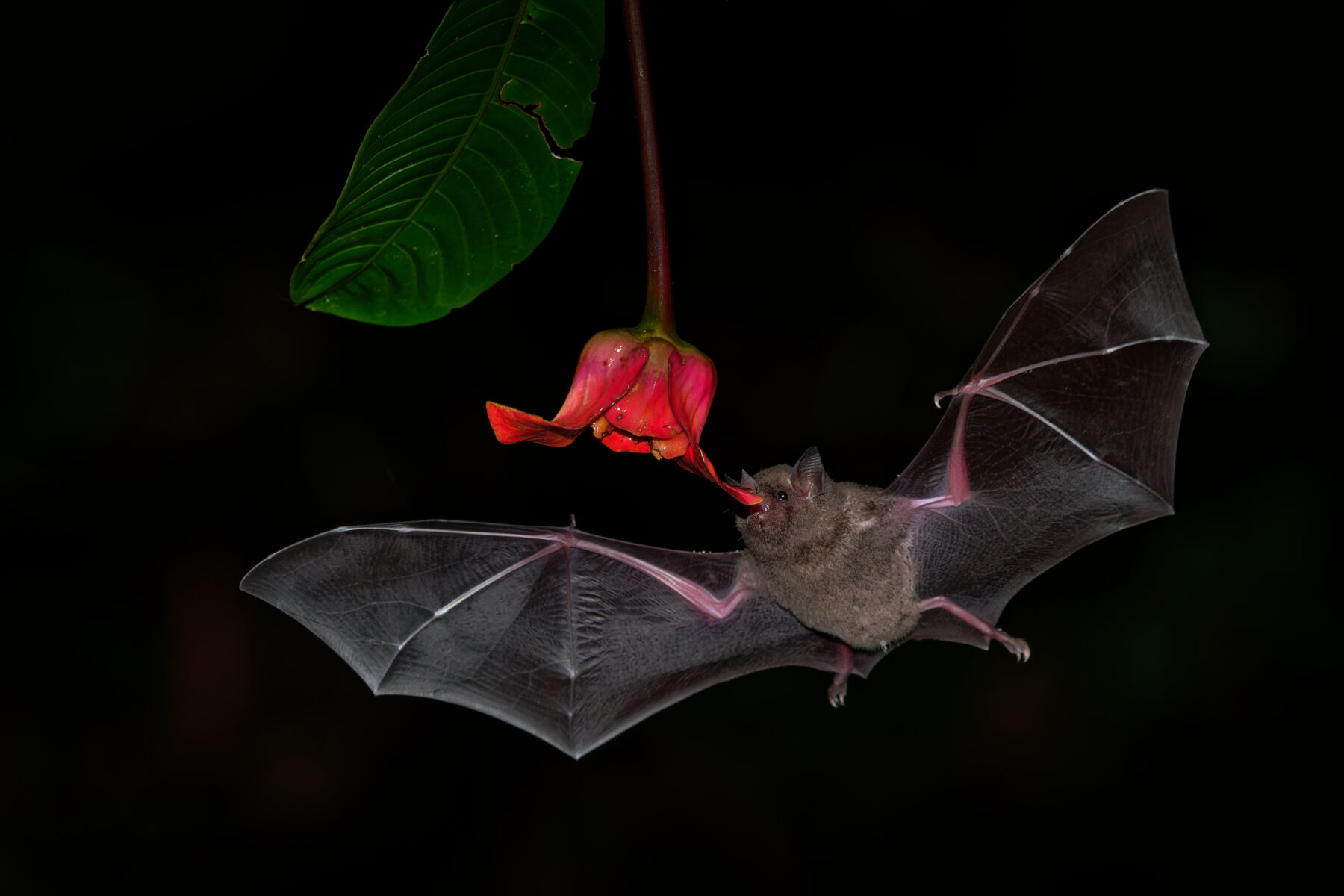
8. Jaguars and the hallucinogenic Yage vine
Jaguars in the Amazon rainforest sometimes part from their meat-eating ways to gnaw on the bark of the hallucinogenic Yage vine (banisteriopsis caapi). It causes them to act strangely, similar to the way cats behave after they’ve had a taste of catnip. The vine is also used by Tukano Indians in a narcotic brew, which induces what they describe as ‘jaguar eyes.’
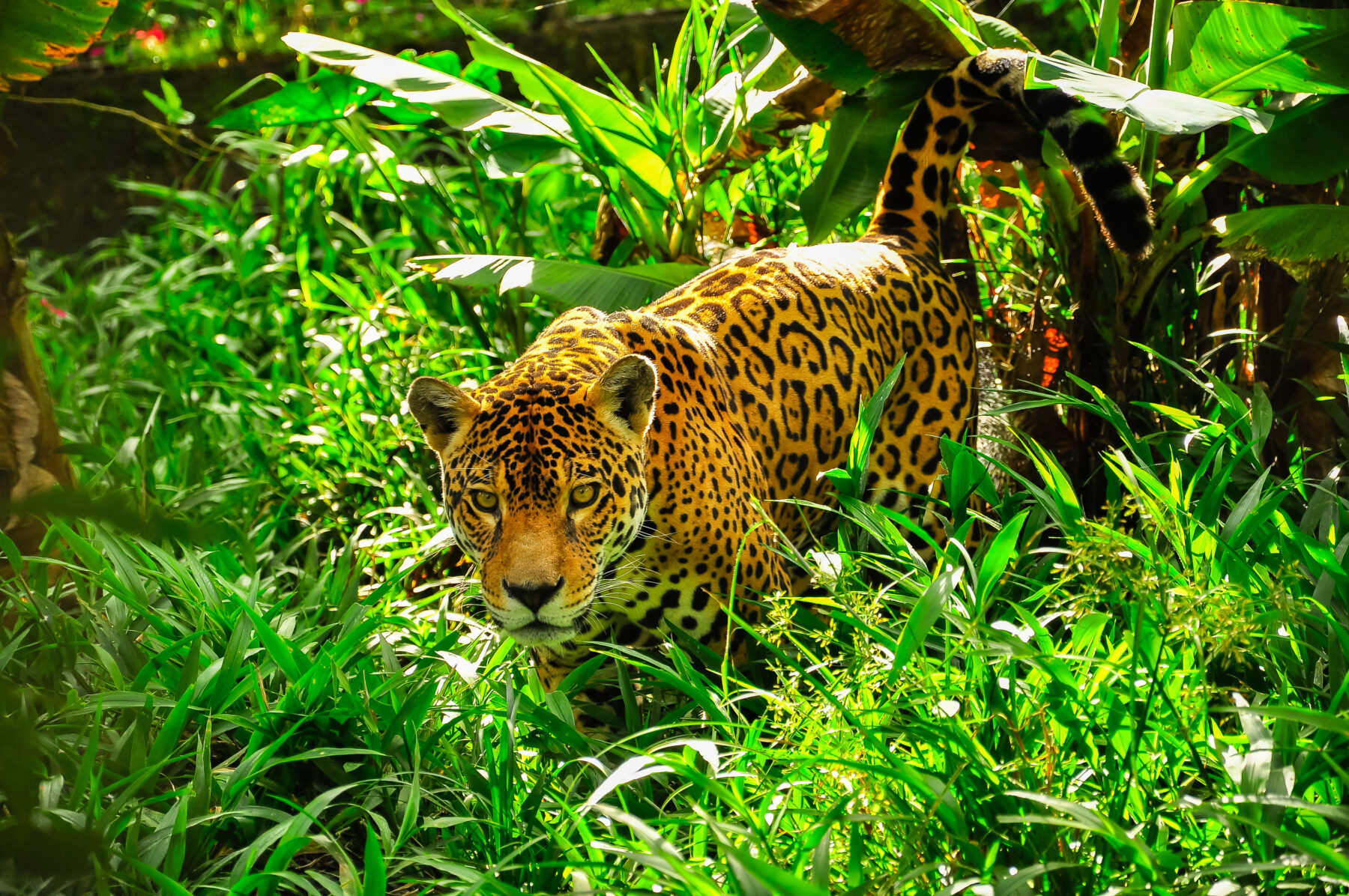
9. Pen-tailed tree shrew and the bertam palm
The Malaysian pen-tailed tree shrew (Ptilocercus lowii) has evolved to survive on the fermented nectar of the bertam palm, which can reach around 3.8 per cent ethanol. The rat-sized creature can drink as much alcohol for their weight as a human knocking back nine beers in one sitting, without showing any signs of drunkenness. Frank Wiens, a German biologist, put the palms under 24hr surveillance and found the animals spent about two hours per night guzzling the alcoholic nectar.
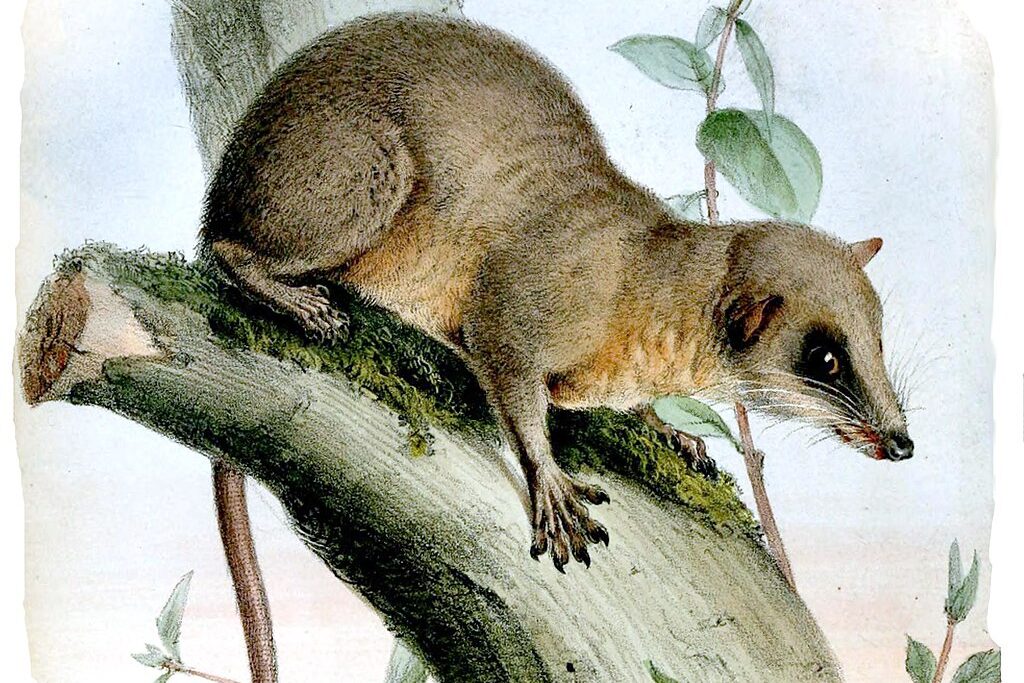
10. Caterpillars and their coca
The caterpillar larvae of the Eloria noyesi moth, found in Peru and Colombia, feeds exclusively on coca plants, eating as many as 50 leaves each day. Most insects avoid the bush, which is the raw ingredient of cocaine, because it can make them severely ill or kill them. But US studies comparing the dopamine receptors of silkworms and caterpillars have shown the latter are completely resistant to the drug. Colombian researchers have argued this quality could make the caterpillars a valuable asset in the struggle to destroy illegal coca plantations.
